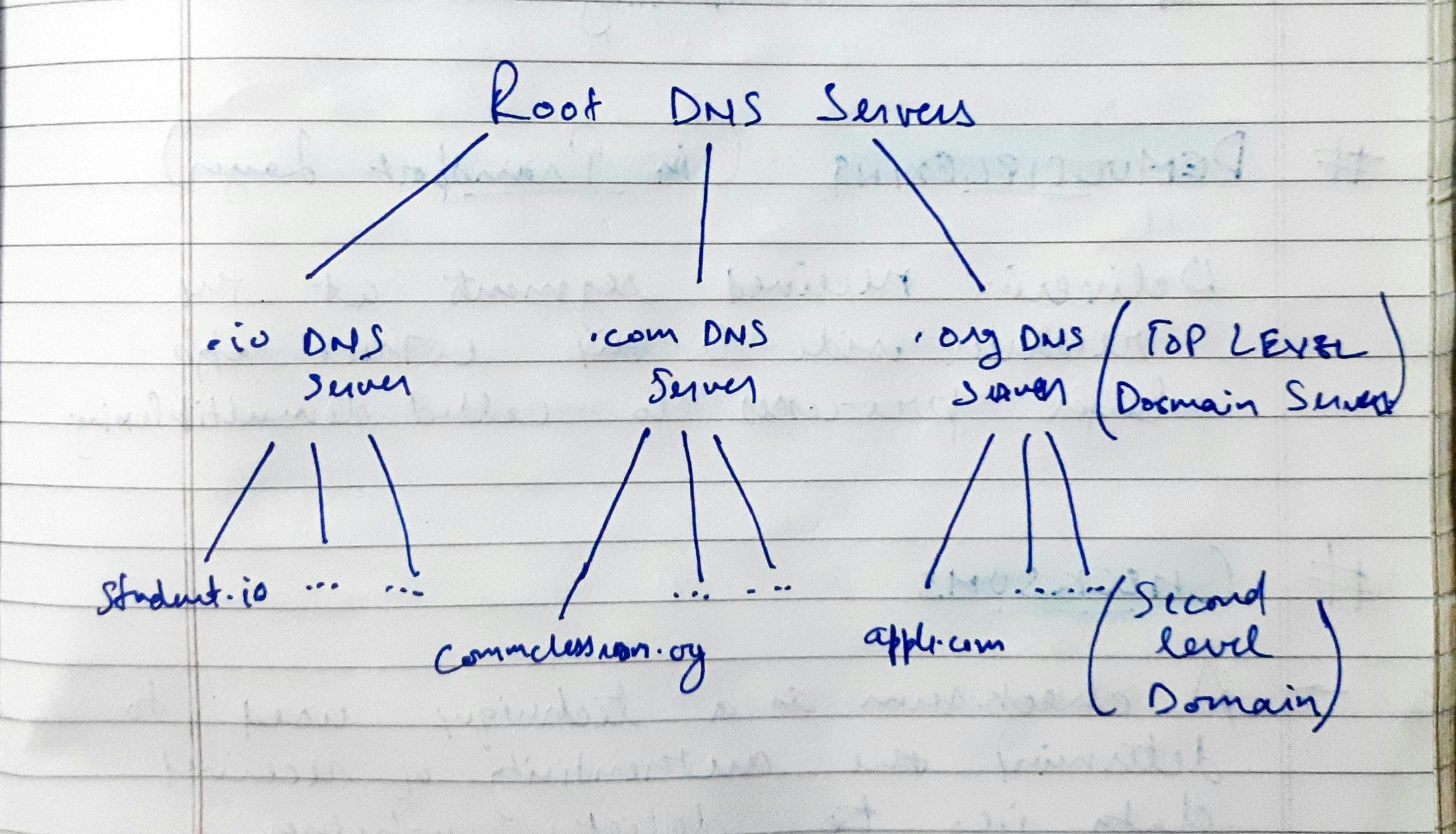Hey there! I'm Imran, I am working with DevOps tools and technologies and learning them also. I believe in learning in public, sharing my learnings and knowledge with everyone in the community and learn from everyone in the community. And I am writing this blog about a topic in Computer Networking that I learned in Computer Networking course by Kunal Kushwaha.
DNS ( Domain Name System )
- DNS is a hostname for IP Address Translation service.
- It is a service that translates and map the domain name into IP addresses.
- This allows the users of network to utilize user-friendly names when looking for other hosts instead of remembering the IP addresses.
- It uses UDP ( User Datagram Protocol )
Various Kinds of Domain
1. Generic Domain
It defines the registered hosts according to their generic behavior. Each node in a tree defines the domain name, which is an index to the DNS database.
Examples :
- .com ( Commercial )
- .edu ( Educational )
- .org ( Non-profit Organization )
- .info ( Information service provider )
- .gov ( Government Institutions )
- and many more
2. Country Domain
These are country specific domain names. The format of country domain is same as a generic domain, but it uses two-character country abbreviations (e.g., in for the India) in place of three character organizational abbreviations.
Examples :
- .in ( India )
- .us ( United States )
- .uk ( United Kingdom )
- and many more
3.Inverse Domain
The inverse domain is used for mapping an address to a name. When the server has received a request from the client, and the server contains the files of only authorized clients. To determine whether the client is on the authorized list or not, it sends a query to the DNS server and ask for mapping an address to the name.

Organization of Domain

- Root DNS servers are the first point of contact.
- Root DNS servers are maintained by root-servers.org
- Top Level Domain names are managed by ICANN ( Internet Corporation for Assigned Name & Numbers ). You can check at icann.org.
Working of DNS
- A user enters a domain name (e.g., facebook.com) into their browser, and the browser sends the query via their internet service provider isp to a DNS recursive resolver.
- The DNS recursive resolver, in turn, sends a query to the root DNS nameserver (.).
- The root server returns to the resolver the address of the top-level domain (i.e., “TLD”) DNS root server, which has the needed information for the facebook.com domain. (Examples of a top- level domain tld include “.com”, “.net”, and “.org,” which each TLD having it’s own root DNS server.)
- n turn, the resolver then sends the information request to the Top-Level Domain server (In this case, the “.com” TLD nameserver).
- The TLD name server responds to the resolver with the targeted IP address of the domain’s nameserver. (In this case, the DNS server for “facebook.com”.)
- Next, the DNS recursive resolver sends the query to the domain’s DNS server.
- The domain’s DNS server then returns the IP address to the DNS resolver for the requested domain (e.g., “facebook.com”.
- Finally, the DNS resolver returns the IP address of the requested domain to the requesting web browser. The browser sends the HTTPS request to the targeted IP address, and the server with that address returns the webpage, which renders in the user’s browser.
So this is the article/blog. I hope you find it informative and helpful. If you like it please follow , like and share. I will keep writing informative blogs related to DevOps. Pleae give your feedback in the comments. Thank You !!!!

